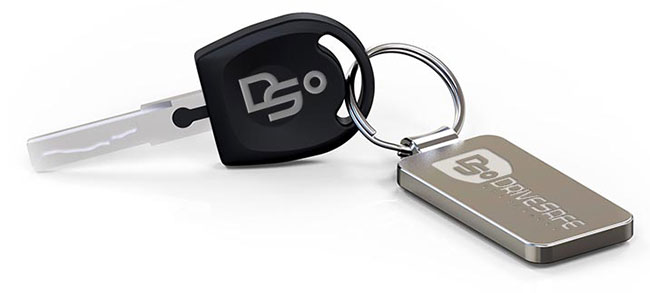Driving in Rain Safety Tips [VIDEO]
Driving Safely in Rain
The U.S. Department of Transportation reports that more than 20 percent of accidents in the country are caused by poor weather conditions. And over 400,000 people, on average, are injured in weather-related crashes each year.
Specific weather conditions require specific responses. Of all inclement weather situations, you’re most likely to find yourself caught driving in rain.
With wet streets, the chances that your vehicle hydroplanes are pretty good. It doesn’t take a lot of water or high speed to cause your car to hydroplane. In fact, your tires can lose contact with the road when driving 35 mph in as little as one-tenth of an inch of water.
Hydroplaning feels like your vehicle is floating or going in a direction that you can’t control. If you have ever experienced hydroplaning while driving, you know it can be a scary situation because you have little control over your vehicle

DRIVESAFE ONLINE DEFENSIVE DRIVING COURSES
Easy to Complete. Receive an Insurance Discount. Money-Back Guarantee!
Mobile-friendly viewing
Fully narrated video with closed captioning
Intelligent bookmarking to start/stop when you want
99% passing rate on user’s first attempt
Certificate emailed immediately after completion
Only $24.95
1-HOUR
6-HOUR
Safety tips for driving in rain include turning on your car’s running lights. If the rain is heavy, turn on your low beams. This will increase the chances that you will be seen by other drivers, pedestrians, and cyclists.
During wet weather, road surfaces are most slippery immediately after the rain begins to fall. This is because the oil and grease on the wet pavement have not yet been washed away. Driving on a road covered with oil and water can be like driving on ice. You should turn off your cruise control, reduce your speed, use extra caution and allow twice the normal following distance.
You can prevent skids by driving slowly, especially on curves.
Follow these additional safe driving tips when driving in rain:
- Steer and brake with a light touch.
- When you need to stop or slow, do not brake hard or lock the wheels and risk a skid. Maintain mild pressure on the brake pedal
If you do find yourself in a skid:
- Remain calm,
- Ease your foot off the gas, apply the brakes, and
- Steer in the direction you want the front of the car to go. This is called “steering into the skid”.
Losing control of your car on wet pavement, also known as hydroplaning, is a frightening experience. Unfortunately, it can happen unless you take preventive measures.
If driving in rain or other adverse weather conditions caused you to be in an accident and your insurance company is raising your rates, a DriveSafe Online® defensive driving course may help offset an increase in your auto premiums.
Other posts you might enjoy:
Auto Insurance Rates on the Rise: How a Defensive Driving Course Can Help
Introduction: The Growing Burden of Auto Insurance Costs As we navigate through 2024, one of the most significant financial challenges for drivers across the United States is the rapid increase in auto insurance premiums. This trend, which began in earnest after the...
Tips for Driving a High-Profile Vehicle: Staying Safe on the Road
Driving a high-profile vehicle, such as an RV, bus, or large truck, can be challenging, especially for drivers who are not used to handling such large vehicles. However, with the right skills and knowledge, it can be an enjoyable and safe experience. In this blog...
Road Wisdom: Essential Driving Tips from Experienced Drivers
Driving is a skill that goes beyond the basics of steering and braking. Experienced drivers have accumulated valuable insights over the years, often learned through real-world experiences and near misses. In this article, we'll explore essential driving tips,...
Your Road to Savings

Patrick M. is Editorial Director for the always expanding DriveSafe Online library of courses. With over two decades of experience developing award-winning training, he now focuses on innovating online driver safety training. Pulling from his background in journalism, he steers the wheel behind the creation of top-tier content that promotes a better journey—whether on the digital highway of learning or the real roads we travel every day.


